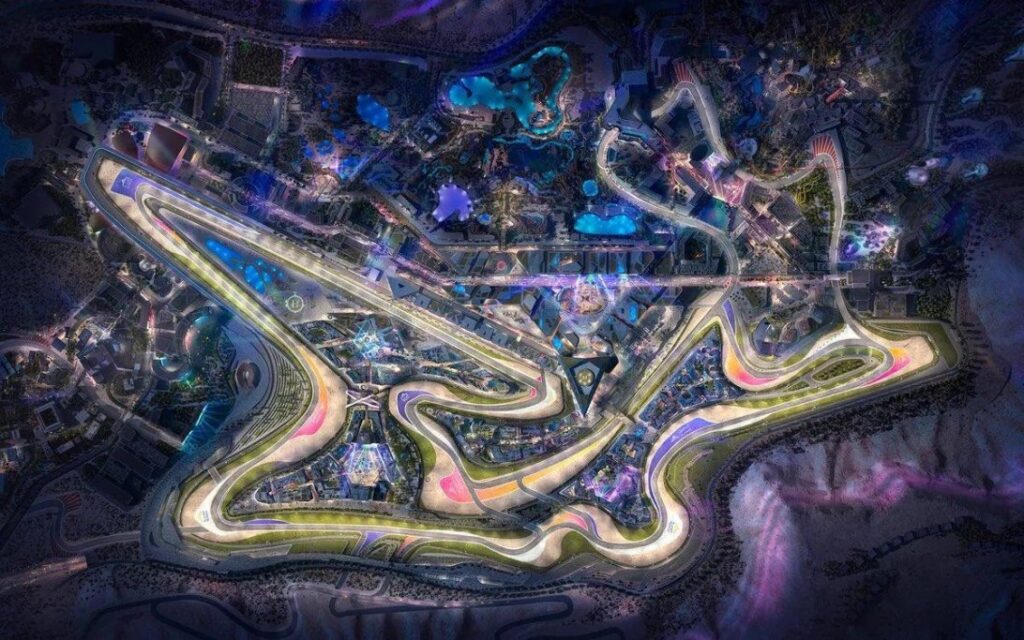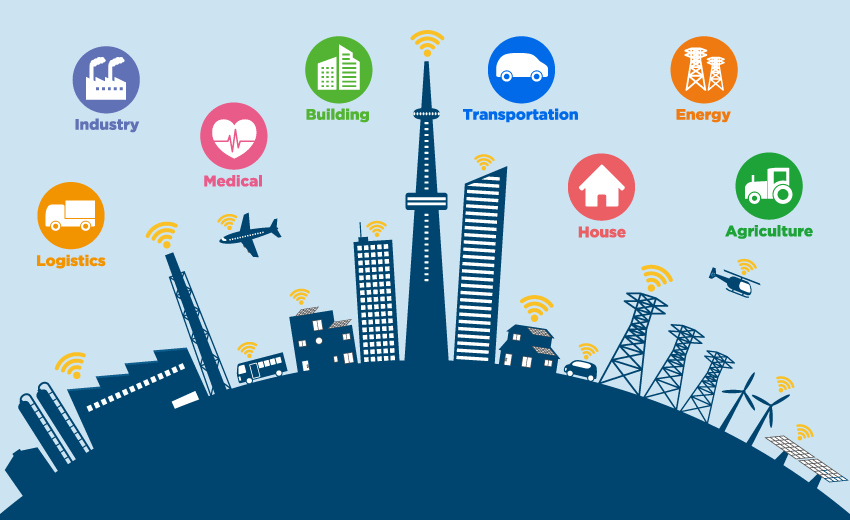Introduction: Smart Cities Sensors in Arid Regions
Smart cities sensors are no longer futuristic tools. They are now vital instruments for cities in arid regions like the Middle East. With urban growth accelerating, these sensors collect and analyze real-time data to address challenges such as extreme heat, water scarcity, and mobility congestion. From deserts to urban centers, the role of connected technology is transforming how cities function and thrive.
The Role of Smart Sensors in Arid Cities
Monitoring Climate and Air Quality
In desert cities, extreme temperatures and dust storms are daily realities. Smart sensors monitor air quality, humidity, and temperature across urban areas. Consequently, city managers can anticipate heatwaves and issue early warnings. This technology improves public health by reducing exposure to harmful pollutants.
Smart Water Management
Water scarcity is one of the greatest challenges in arid regions. Smart sensors integrated into pipelines, reservoirs, and irrigation systems track water usage and detect leaks instantly. As a result, municipalities save resources while ensuring efficient distribution to residents and industries.
Energy Efficiency in Harsh Environments
Cooling systems are essential in desert cities. However, they consume vast amounts of energy. Smart cities sensors embedded in smart grids help optimize electricity use by analyzing demand in real time. Moreover, integrating renewable sources such as solar energy ensures more resilient and sustainable systems.
Smart Cities Sensors in Mobility and Infrastructure
Intelligent Traffic and Transportation
Traffic congestion in fast-growing cities requires innovative solutions. Sensors embedded in roads, vehicles, and traffic lights provide real-time data to optimize traffic flows. Thus, commuters experience shorter travel times and safer journeys.
Urban Infrastructure Monitoring
Extreme heat often weakens infrastructure like roads and bridges. Smart sensors monitor structural integrity by tracking vibrations, cracks, and material fatigue. Therefore, city planners can schedule predictive maintenance before failures occur, improving safety and reducing costs.
Building Resilient and Sustainable Smart Cities
Climate Resilience and Adaptation
Smart cities sensors provide the insights necessary for resilience strategies. For example, predictive models use sensor data to design heat-resistant buildings and improve cooling strategies. This reduces vulnerability to rising temperatures.
Enhancing Citizen Well-Being
Technology in arid cities is not only about infrastructure. It also enhances daily life. Sensors improve public safety by monitoring noise levels, lighting conditions, and emergency events. Consequently, citizens benefit from safer and more comfortable environments.
Future Outlook: From Desert to Data
The shift from desert landscapes to data-driven urban ecosystems is accelerating. As smart cities sensors continue to evolve, they will become central to sustainable growth in arid regions. With every new deployment, cities gain more control over scarce resources, more resilience against climate extremes, and more opportunities for innovation.MTi Arabia remains committed to supporting in aligning infrastructure with insight, making cities not just smarter, but more strategic. Contact our team to explore how we can help you build safer smart city environments.



